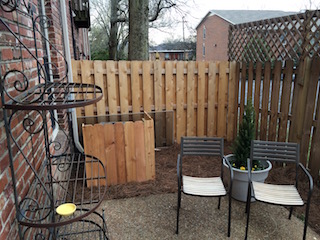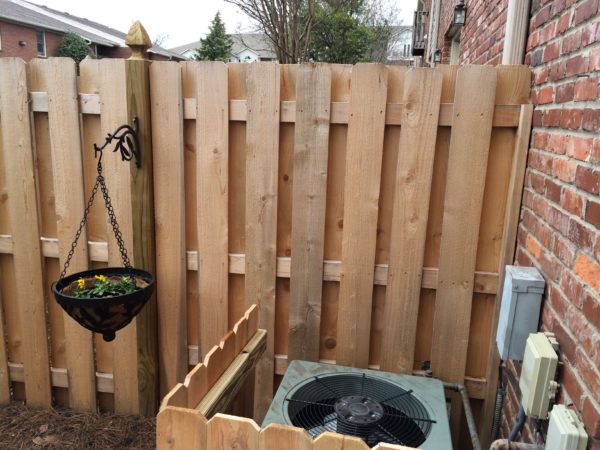 Want to conceal that hunk of metal known as your HVAC unit on the side of your house? By using HVAC system screens to camouflage your unit, you get the best of both worlds.
Want to conceal that hunk of metal known as your HVAC unit on the side of your house? By using HVAC system screens to camouflage your unit, you get the best of both worlds.
The ideal screen will be attractive and secure while allowing full access for maintenance and repairs.
Reasons To Use Air Conditioner Screens
You want your home to have “curb appeal.” You keep the yard trimmed. You’ve planted flowers and plants or may even have professional landscaping. You love having people over for summer cookouts or fall fire pits. But one thing sticks out like a sore thumb: the hunk of metal, probably on a concrete slab, that is otherwise known as your air conditioning unit. If you own a business, you’re faced with the same dilemma.
What you may not know is just how many creative and affordable options there are to HVAC screening. These include fencing, plants or a combination of the two.
Questions To Ask Before You Install A Screen
 To pick the ideal screen, consider these questions:
To pick the ideal screen, consider these questions:
- How many sides do I need to screen?
- Do I want something easily removable or something that’s more permanent but still allows full access?
- Do I prefer wood, metal or the natural look of plants?
- Do I want to create/install the screen myself or have someone else do it?
Once you’ve walked through the list, you’re ready to get started. No matter what you choose, your screen will also provide at least some degree of noise reduction – an added bonus.
Wood Or Metal Fencing To Screen Your Air Conditioner

The easiest solution is a pre-made screen with single or multiple panels that is secured to the ground by stakes. If you’re concerned about long-term stability, you can opt for sections of prefabricated fencing, mounted to a frame with the end posts sunk in 1-2’ holes filled with concrete. Just be sure to pick the right size fencing to maintain access to the unit.
If you’re a DIY’er, you can build your own screen. Or, in the “I can’t believe someone actually invented that” category, you can even buy corrugated plastic fencing with fake shrubbery attachments which will hide your unit without blocking airflow.
Use Plants To Create An Air Conditioning Screen
If you’re a bonafide plant nerd (or prefer the term “gardener”), using natural screens is the obvious choice. Plants add year-round beauty; just be sure to make the right choices to keep your unit functioning properly.
- What to plant. Unless you want your screen to disappear from winter to spring, use evergreens. Boxwoods, laurels, and arborvitaes are great choices. Because they keep their leaves – and aren’t invasive like honeysuckle bushes or ivy – you’ll keep plant growth and debris away from the unit.
- Where to plant. Depending on your unit’s location, you can place plants in front of or on all sides. Just be sure to leave room for access so that one of our technicians can provide service or repair.
Shrubs, grasses as well as perennials (plants that die back in the winter, but re-emerge in the spring) require at least a 2 foot buffer – plus an additional buffer equal to half of the plant’s full size. For example, a plant that will get 5 feet wide should be placed 4 ½ feet from the unit: the 2-foot buffer plus 2 ½ additional feet to account for the plant’s mature width.
- When to plant. Install your “green screen” at the proper time of year so that it lives to do its job. Fall is ideal for planting shrubs and other foundation plants.
Whether you choose fencing or plants or both, screening will make your air conditioning unit a more seamless part of your landscape. And while you’re putting your screens in place, it may be time for a maintenance visit from Jewell.
Our affordable Energy Savings Agreement (ESA) includes seasonal tune-ups and maintenance visits twice per year, priority customer status, plus discounts on repairs and system replacements when the time comes.
If you’re not sure where to start with maintaining or repairing your HVAC unit, remember that we offer an estimates and 2nd opinions. Whatever your need air conditioning and heating needs are, contact us today to make sure you’re getting the most affordable rate possible.
